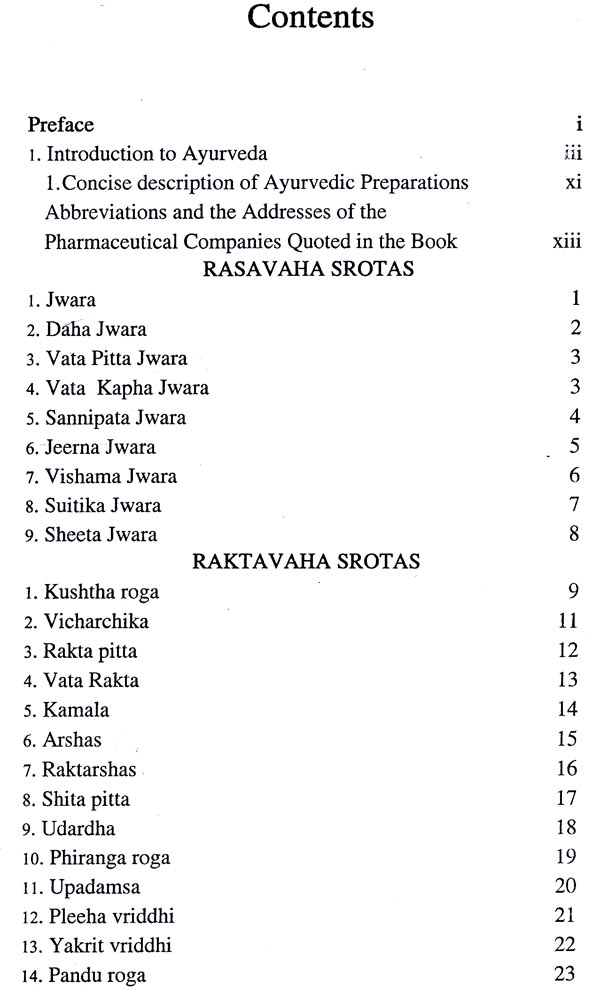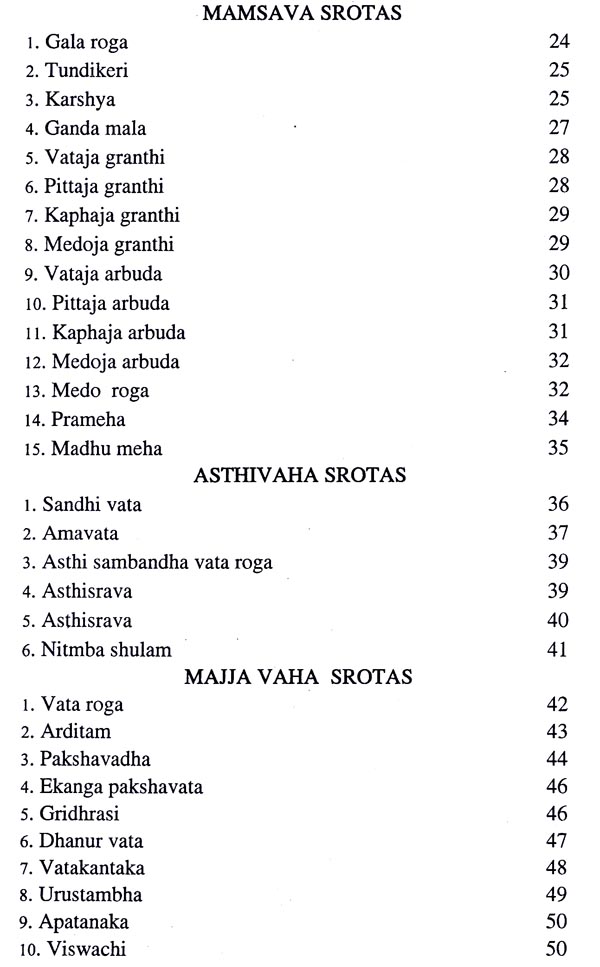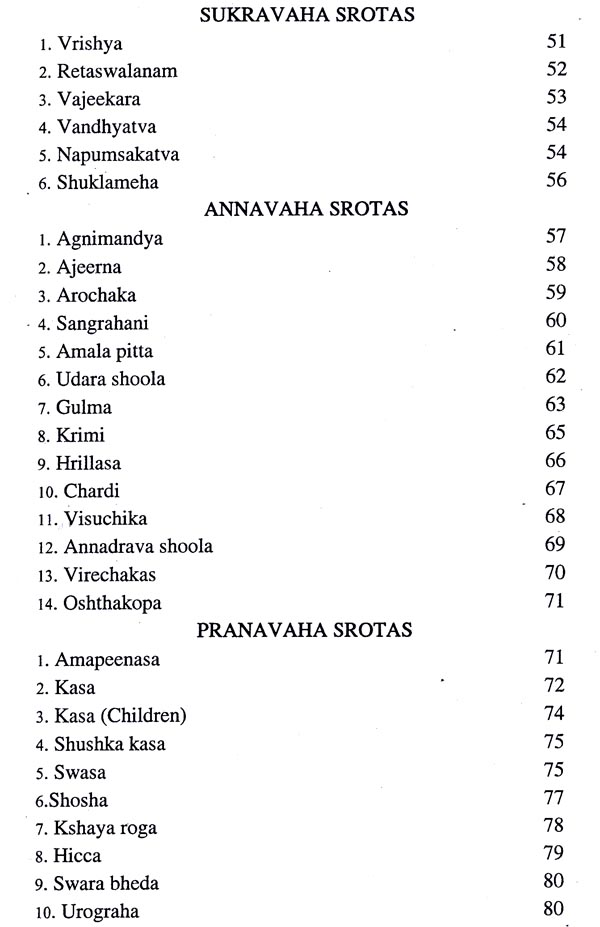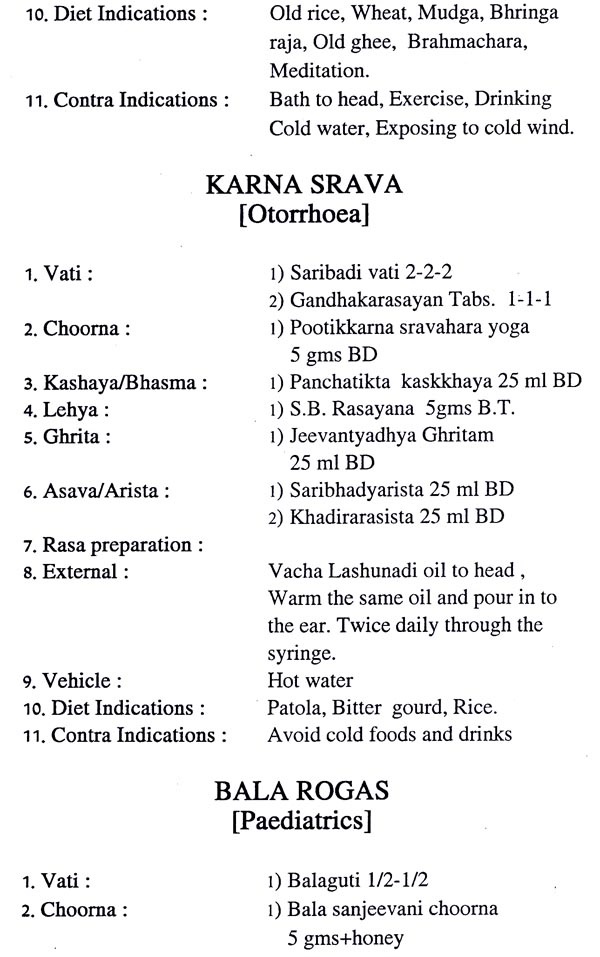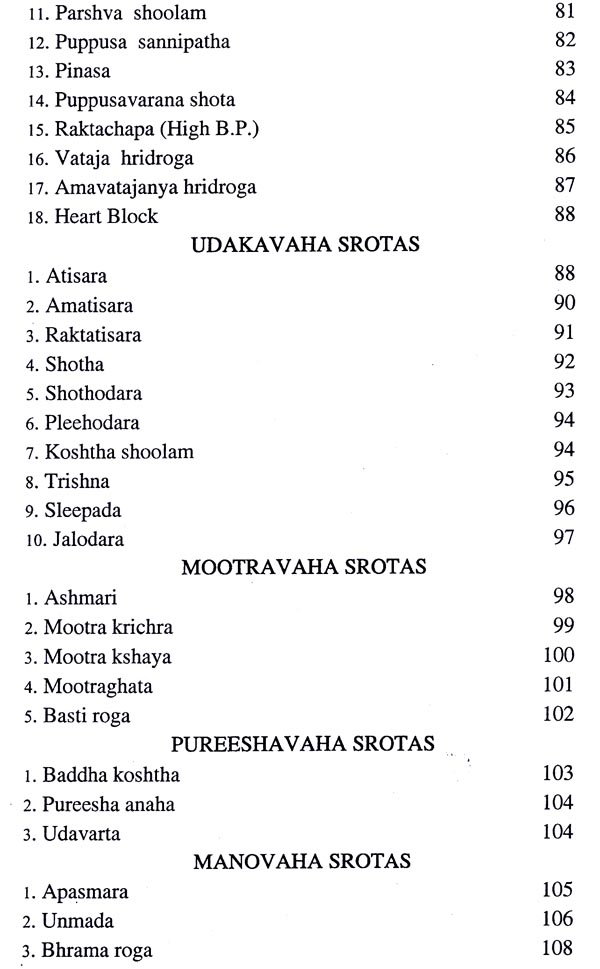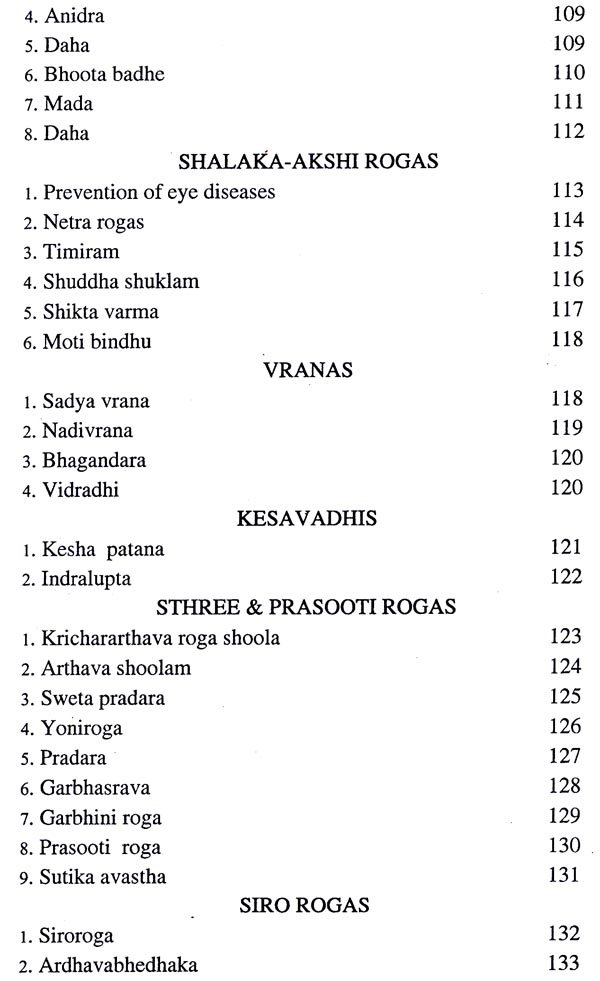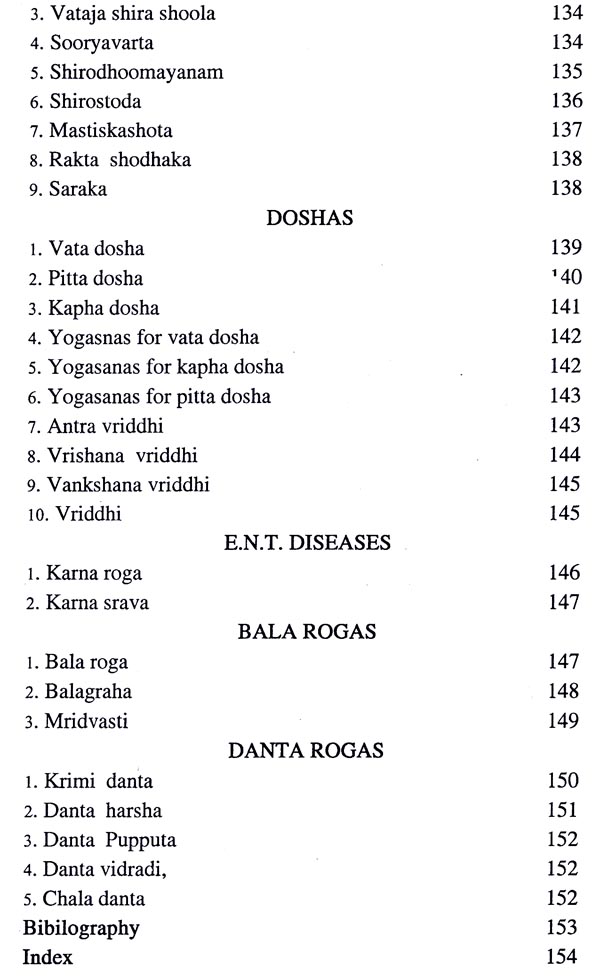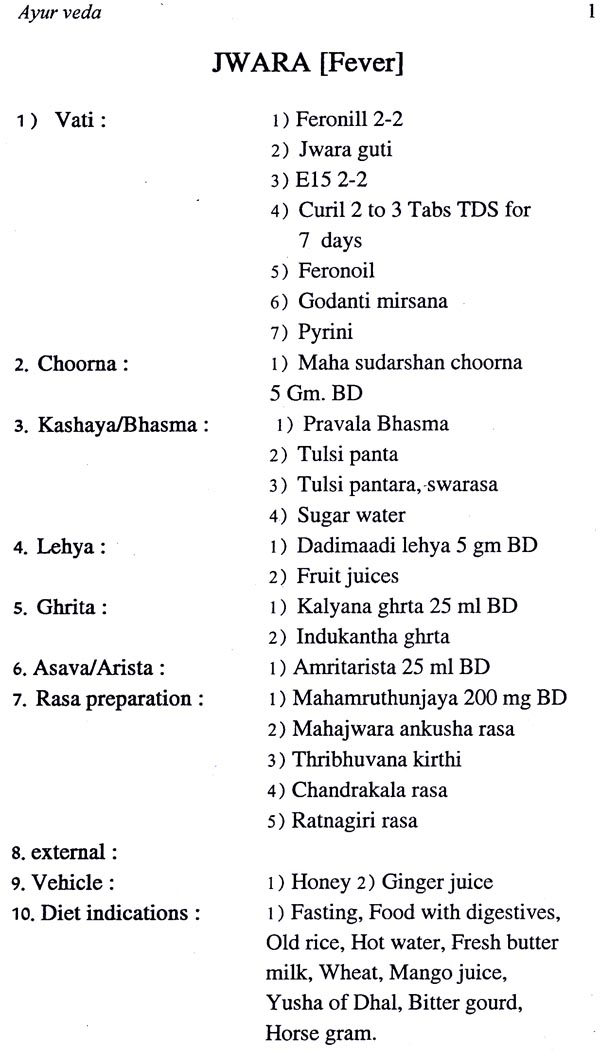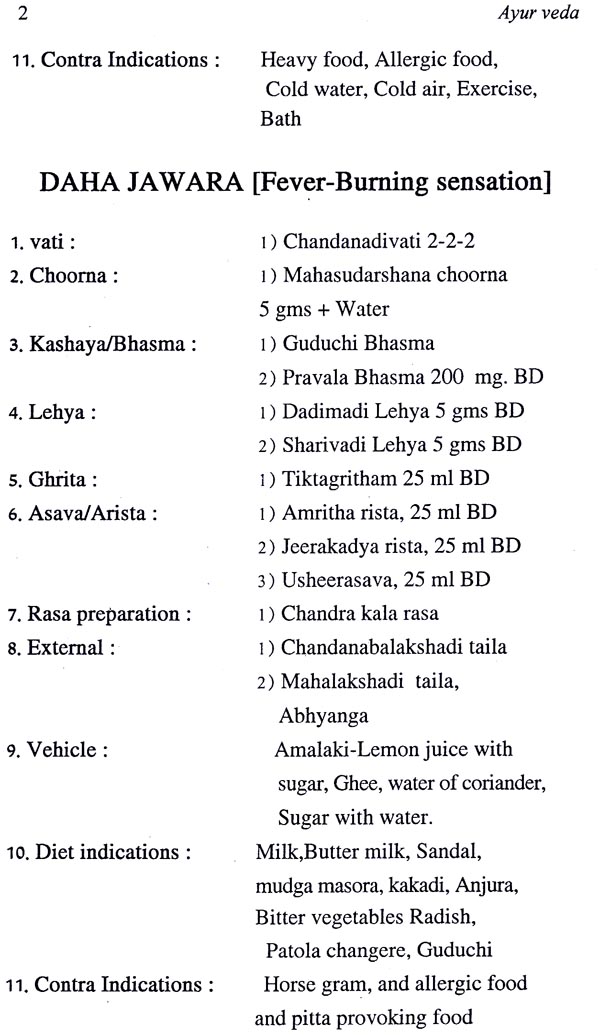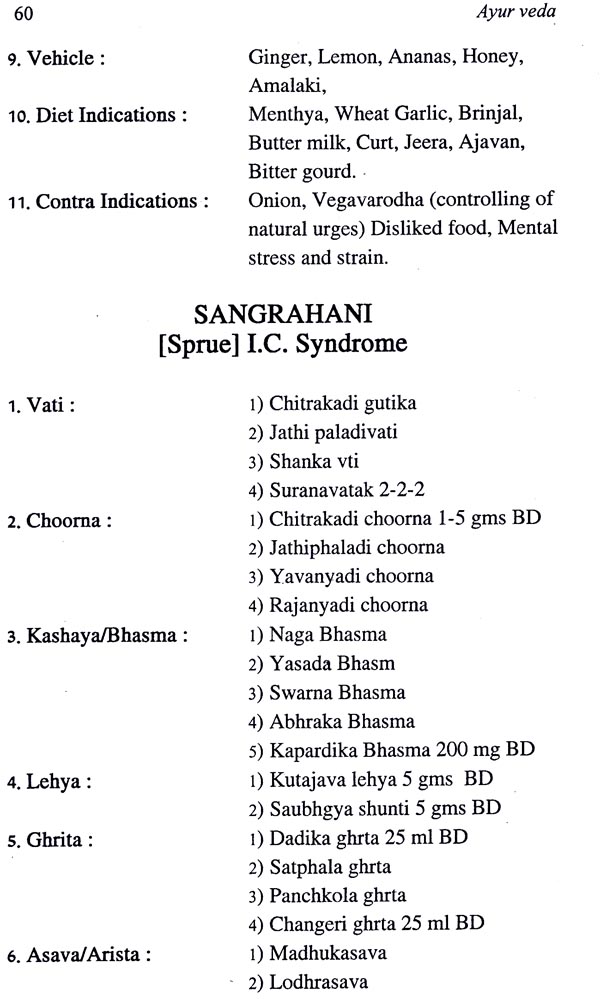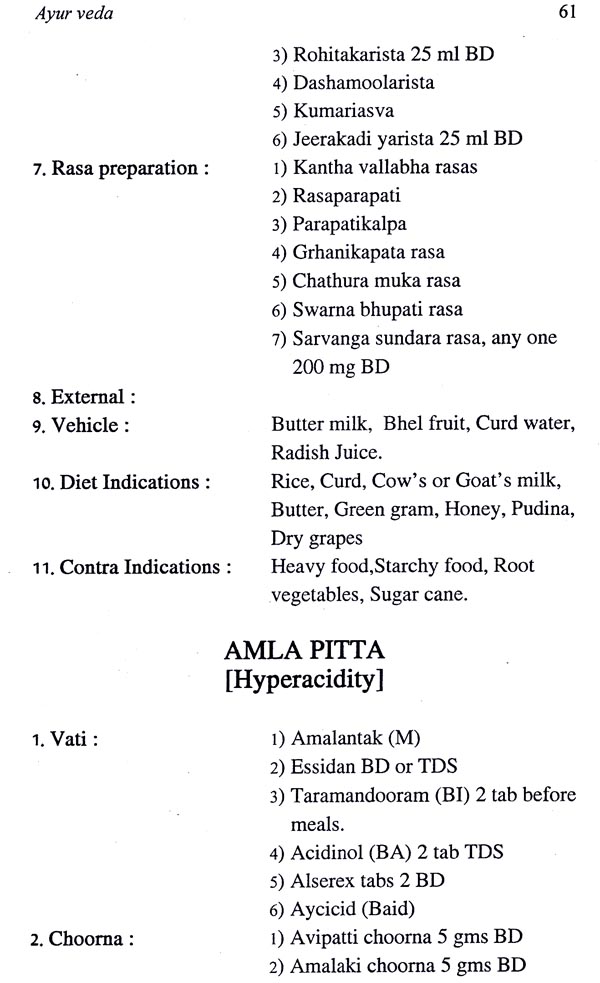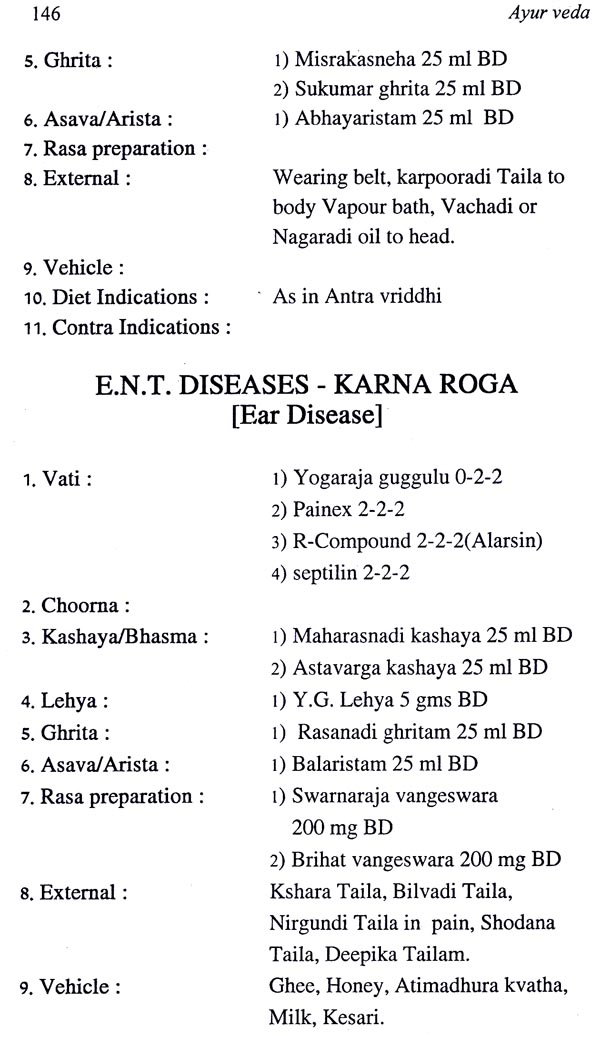
Ayurveda (The Complete Hand Book)
Book Specification
| Item Code: | NAR530 |
| Author: | Dr. T. L. Devaraj |
| Publisher: | Chaukhambha Orientalia |
| Language: | English |
| Edition: | 2019 |
| Pages: | 176 |
| Cover: | PAPERBACK |
| Other Details | 8.50 X 5.50 inch |
| Weight | 170 gm |
Book Description
Professor Dr. T.L. Devaraj is an erudite Scholar and noted Ayurveda Physician of International repute and also author of 45 books. Two of his books are exported and translated to Russian Language and one of his book is translated to Spanish Language. Another book is reprinted in UK and almost all English books are exported worldwide.
He is the recipient of several awards and Honors including National Award by the President of India and Ayurveda Bhaskara Award by the Vice President of India and Honorary Doctorate of Science (D.Sc) from Rajiv Gandhi University of Health Sciences and Karnataka State Award and Dhanvantari Award and so on for his immense contribution to Ayurveda. This book is useful to the public to prevent many diseases and to live long hale and healthily.
Ayurveda is the science and knowledge of life. It is composed of two words ayu - life, veda - knowledge. That is, knowledge of life. Ayurveda is as old as vedas, about five thousand years. It is a medical science existed in this country, when no other systems were in existence in the world. It is upaveda of Atharvana veda. The father of modern plastic surgery is susruta of Ayurveda. It is aimed at not only curing diseses but also at preventing them.
The man is an epitome of the universe. He is a microcosm of the macrocosm of the universe. The universe consists of prithvi (Earth), Ap (Water),Tejas (Fire), Vayu (Air), Akasha (Space or ether). The human mind and body are also made up of these pancha bhutas. The body's growth development and diseases are depending on tridosha viz. Vata, Pitta, Kapha. These are also made up of 5 mahabutas in different proportions. Vata is composed of space and air bhutas. Pitta is composed of fire and water bhutas. The water and earth bhutas are in predominance in kapha. Vata is connected with nervous system and it regulates all the movements and activities of the body and pitta responsible for metabolism and body's heat and digestion of food. The kapha aids in movement for structure and maintenance and growth of the body.
These doshas when in equilibrium and in balancing end in good health. That is the balance of satva in predominance to rajas and tamas resulting in good mental health.
The medicines are usually prescribed by an ayurvedic physician for a disease on the basis of a constitution and dosha. If a person is of vata constitution then vata pacifying medicine and food activities are advised.
Here in this book the medicines are given against diseases.
For a disease tabs, kashayas choornas, lehyas, ghritas, rasas, external application, diet indicated and contra indications are given for the benefit of readers, qualified doctors and students of Ayurveda and other systems of medicine.
Several medicines are given in each captions as tablets with dosages. It is necessary to use one tablet at a time. So also in other items as choorna, kwatha, lehya, ghritam, rasa and arista. It is always good to take these medicines on the advice of a qualified Ayurvedic physician.
I would be happy and satisfied if this book fulfils the requirements of Ayurvedic medical profession. It serves as a handbook for all Ayurvedic doctors, teachers, Ayurveda students and other fraternity of Ayurveda medical profession and also the public large.
The main object of Ayurveda is to protect the health of people and to alleviate the diseases.
Health is defined in Ayurveda as a state of balance of physical, mental and spritual health. It is science of self healing.
Same dosha samagnischa samdhatu mala kriyaha.
Prasannatmendriyamanaha swastha ity abhediyate.
(S.Su. Chapter 16)
For a man to become healthy the three doshas, vata, pitta and kapha, the digestive fire Agni, Sapta dhatus and mala mootras must be in a state of equilibrium in balanced state. The three doshas viz., Vata, Pitta and Kapha, when they are in balanced five types which act like a nervous system.
1. Prana :
It is located in brain, head and chest. It is held responsible for perception and movements of all materials of the world. It is located in the brain. It helps the person to see, hear, touch, smell and taste. It also helps to think, feel and promote emotions. When it isin in equilibrium it controls to be alert, clear headed, lively and exhilarated. It regulates the respiration and swallowing of food. It keeps the body activities in good humour. It is the king of other four sub vatas. The imbalance of prana vata leads to anxiety, hurry, worry, sleeplessness, nervous disorders, hicups, asthma, headaches and respiratory complaints.
2. Udana vata:
It is situated in the throat and lungs. It controls the speech, memory, and thinking. When it is imbalanced, it produces defective speech, dry coughs, tonslitis, ear aches and sore throat.
3. Samana Vayu:
It is located in stomach and intestines; It regulates the movement of food in gastro-intestinal tract. The movements of intestine (Peristaltic) are also controlled by it. When it is imbalanced it leads to indigestion, hyperacidity, diarrhoea, constipation and gas formation, gastritis duodenal ulcers and peptic ulcer. .
4. Apana Vata :
It is situated in the large gut of the lower part of the abdomen. It is responsible for passing of urine, faeces, sexual act in both sex and expulsion of foetus. The colon is the main seat of vataand most of the nervous disorders start from this place. When it is imbalanced diarrhoea, constipation, menstrual disorders, genital disorders, urinary disorders, enlarged prostate, back pain and gas will result.
5. Vyana vayu:
It is situated in the heart and circulates all over the body through blood, nervous system and skin. When it is in normal state it controls the heart function as constriction and a dilation blood vessels, blood pressure, sweating, sensation of touch and lastly yawning. Its imbalance produces high blood pressure, irregular heart function, less circulation and stress induced nervous diseases.
PITTA
Pitta is nothing but digestive fire. It controls digestion and metabolism of food. The acuity of vision and acute thinking are all due to its balance. There are five sub pittas which are situated in different parts of the body.
1. Pachaka pitta :
It is located in stomach and small intestine. It helps in digestion and differentiation of nutrient and waste materials of food that we take. The heat of the body is due to it.
**Contents and Sample Pages**
